SUMMARY
This is AI generated summarization, which may have errors. For context, always refer to the full article.
![[Science Solitaire] Do you really ONLY lessen the fuel when your house is on fire?](https://www.rappler.com/tachyon/2021/11/ss-house-on-fire-sq-november-6-2021.jpeg)
There’s a kind of ash,
all over the world,
in sight,
all over the world,
we can see the shroud,
of the planet
we had…
And yes, you know what I mean…
The 26th Conference of Parties (COP 26) on the climate crisis is going on as I write this. This means this is the 26th time they are meeting to figure out what to do as the only house they are in is burning. So far, many have pledged to slow down which makes sense ONLY if you think we are just talking about ramping up our way to a healthy lifestyle. But when your one and only house is on fire and you know that we are all lighting the fire, do we simply lessen the fuel to the fire, tell others to lower the fire, or we stop it altogether?
In one of the fields I work in, we curate experiences to drive people to think in ways that will most likely move them to act to change things for the better. They should have held COP26 in any of the urban places around the world whose global exposure to heat has risen 200% since the ’80s. They should have held it in the summer in that city and they should have held it without air conditioning. And they should have full view of the people who experience this kind of heating (not just warming) with hypergraphics in real time measuring how much their vital health statistics, and overall well being, including the ability to think and regulate your own mood, drastically go down because our planet is on fire. We call these “immersive” experiences which is just a fancy way to describe conditions where you are really made to directly feel or to be as close as possible to the real conditions you are all concerned about. Because there is nothing like first-hand experience in transforming your mind and character.
And there are so many of these urban places to choose from considering that according to the recent study published in the Proceedings of the National Academy of Sciences in the US. The study looked at over 13,000 urban spaces around the world and they found that indeed, urban spaces are baking in increasingly sizzling temperatures. Because there are more urban spaces that attract more people, the number of people exposed to extreme urban heat grew from 40 billion person-days in 1983 to 199 billion person-days in 2016. That is about 200% in 34 years!
Urban spaces tend to trap heat a lot more because of the high proportion of built-up places that trap and radiate heat. The lack of green spaces that help in cooling is also a big factor. What does this mean then that our urban spaces are actually sizzling plates on the global table?
It will transform several fundamental things that are connected. I will name three here:
One, this means 40°C temperatures are now common in tens of thousands of urban areas around the world. Human bodies have not experienced this to be a consistent condition where we live and we will definitely suffer health consequences. This is far beyond just discomfort but real health threats in the way we think and function.
Second is our productivity. You have to have been in deep slumber for the past two years not to know that crippling NCR and other urban areas crippled our national economy. When the health of concentrated populations of economic powerhouses is threatened, as we saw with COVID-19, everything about our lives will fold.
Last is, those who can, will leave the city BUT will also flock to rural areas which could turn those remaining areas into urban areas because most people carry their lifestyle preferences wherever they go and make the place fit their desires instead of adapting to the natural conditions of the place. This will make us loop back to having more urban areas that will trap more heat.
Among other things, the study raised that we now need to normalize having early warning temperature alerts in urban spaces, the way we do for earthquakes, floods, and storms. But this is of no use if most of the people in urban places cannot afford a sanctuary in cooler places or to have working conditions that consider these very hot temperatures.
These temperature alerts would have definitely figured in my idea of curating COP26, where it would have involved actual temperature alerts as real interruptions to the conference and any of life’s business at hand. Maybe here, the interruptions will not distract but strengthen the focus on what needs to be done when your house is on fire. You do not just slow down what is causing the fire – you stop fueling the fire.
So listen very carefully
Show your eyes
And you will see what “hot” means
It isn’t a dream.
Forever and ever.
– Rappler.com
Maria Isabel Garcia is a science writer. She has written two books, “Science Solitaire” and “Twenty One Grams of Spirit and Seven Ounces of Desire.” You can reach her at sciencesolitaire@gmail.com.
Add a comment
How does this make you feel?
![[OPINION] In a changing climate, how do we ensure safety and health at work?](https://www.rappler.com/tachyon/2024/04/Climate-change-safety-workers-April-25-2024.jpg?resize=257%2C257&crop_strategy=attention)
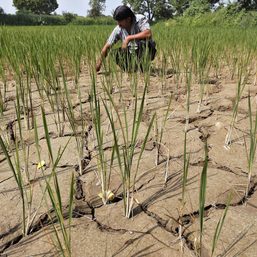

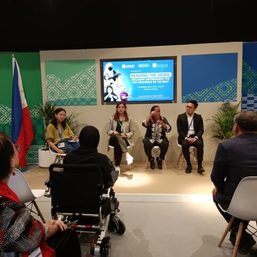
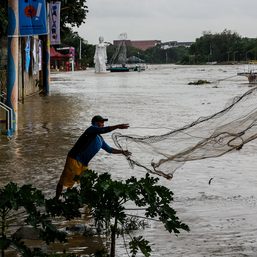
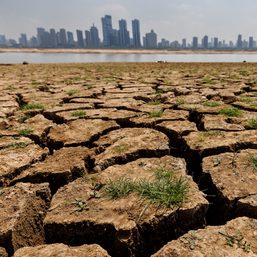
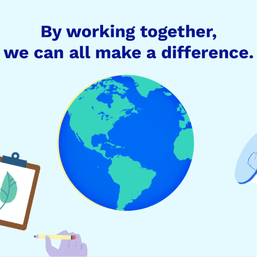
![[OPINION] Momentum for climate justice](https://www.rappler.com/tachyon/2022/01/TL-Odette-Climate-Justice-January-21-2022-Part-2.jpg?resize=257%2C257&crop=82px%2C0px%2C720px%2C720px)
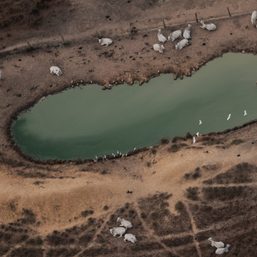
![[ANALYSIS] After Glasgow: What’s next for climate?](https://www.rappler.com/tachyon/2021/12/cop26.jpg?resize=257%2C257&crop_strategy=attention)
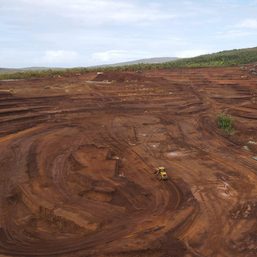
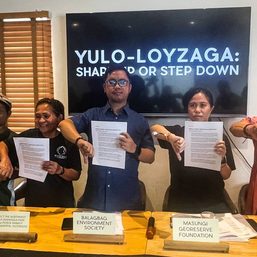


There are no comments yet. Add your comment to start the conversation.